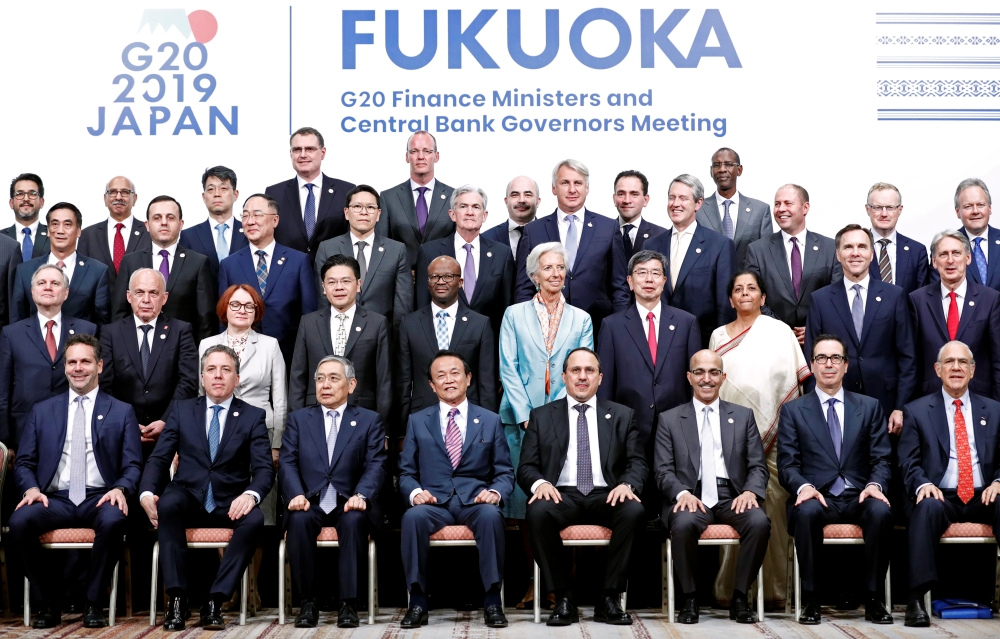🌍 1. Demographic Transformation – The World Is Aging Fast
A Demographic Shift in Motion
- In 2020, 1 in 11 people worldwide was aged ≥ 60; by 2030, that rises to 1 in 6, reaching 2.1 billion by 2050 — double the 2020 total (, ).
- The ≥ 80 population is set to triple by 2050, from ~143 million to ~426 million ().
- The proportion of people aged ≥ 65 nearly doubled between 1974 (5.5 %) and 2024 (10.3 %), and is projected to rise to ~20 % by 2074 ().
Super-Aging Societies Taking Shape
- Countries with > 20 % of the population aged 65+ (e.g., Japan, Italy, Germany, South Korea) are entering “super‑aging” demographic status .
- By 2067, South Korea’s senior population will be 46.5 %, outpacing Japan’s current aging rate ().
💸 2. Economic Strain: From Labor to Pensions
Falling Support Ratios & Workforce Shortages
- The support ratio (working-age individuals per retiree) is falling globally — e.g., OECD: 7.2 (1970) → 3.0 (2010) → 2.1 (2050) ().
- In Japan, it dropped from 8.7 (1970) to 2.6 (2010) and is projected at 1.3 (2050) .
- Fewer workers supporting more retirees reduces productivity, increases labor costs, and drains tax revenues ().
Pension & Fiscal Pressures
- Global social security systems face rising demands:
- U.S. Social Security projections show 2.5 workers per retiree by 2030, increasing financial stress ().
- China’s retirement-age population projected to grow from 27% (2015) to 39% by 2050, with pension deficits ballooning .
- Public debt continues to rise sharply: e.g., Japan’s pension and healthcare costs were ~28 % of GDP by 2025 .
🏥 3. Healthcare Demand & Chronic Disease Burden
Rising Healthcare Utilization
- Aging populations escalate demand for healthcare services, chronic disease management, long-term care, and medication regimens ().
- Elderly patients require frequent hospital admissions, multiple comorbidities, and complex care integration.
Chronic Illnesses on the Rise
- In China, ~300 million people suffer chronic diseases — ~50 % are aged 65+ ().
- Conditions such as cardiovascular disease, diabetes, cancer, dementia become prevalent, increasing both demand and costs .
Escalating Healthcare Expenditures
- Per capita health spending increases steeply with age; combined with medical inflation, national health budgets are strained .
- The elderly often require specialized, high-cost treatments, such as dialysis, cancer therapies, and surgical interventions.
👵 4. Social & Infrastructural Challenges
Workforce Participation & Retirement Age
- Governments are raising retirement ages and encouraging older citizens to work longer ().
- Innovations in workplace flexibility and anti-ageism policies can keep seniors productive and alleviate labor shortages.
Spatial Access to Care
- In rapidly aging societies (e.g., South Korea), older adults—especially in rural areas—face limited access to health services, necessitating novel solutions like mobile clinics (, ).
Social Welfare & Poverty
- In nations such as South Korea, over 40 % of the elderly live in poverty, due to insufficient savings and pension benefits .
- Family-based elder support models erode as households shrink, increasing the need for institutional care and elder-friendly social programs.
🌐 5. Strategic Opportunities: The “Silver Economy”
Healthy & Productive Aging
- An IMF study reported that individuals aged 70 in 2022 had cognitive functions akin to 53‑year‑olds in 2000, suggesting great potential for continued labor force participation ().
- Lifelong learning, digital skills, and wellness programs can keep older adults engaged, innovative, and economically active .
Gold in the Silver Economy
- Age-driven growth sectors—healthcare services, medical devices, adult learning, retirement housing, mobility aids—offer investment opportunities .
- With smarter policies, aging populations can become a net economic asset, providing new jobs and markets .
🛠️ 6. Policy & Healthcare Innovations
Public Health & Prevention
- Focus on preventive healthcare, chronic disease management, regular screenings, and health equity .
- Promote healthy lifestyles across lifespan to reduce long-term health costs.
Financial & Pension Reform
- Governments must consider:
- Adjusting the official retirement age
- Transitioning to sustainable pension models
- Encouraging private retirement savings
- Evaluating the benefits of controlled immigration to replenish labor pools ().
Age-Friendly Infrastructure
- Develop elder-ready cities with transit, accessible buildings, and rural health outreach .
- Promote technology-driven care: telehealth, AI diagnostics, mobile health services, home-based monitoring .
Workplace & Social Integration
- Implement flexible work options, continuous training, and age-diverse hiring practices .
- Support seniors through financial literacy, digital inclusion, and social engagement programs.
🧩 7. Global Cooperation & Long-Term Vision
Cross-Country Collaboration
- Aging is a global phenomenon; policies, data, and best practices must be shared internationally via platforms like WHO, UNFPA, and IMF .
- Middle- and low‑income countries should leapfrog by integrating aging into development strategies early.
Resilience Planning
- Build integrated age-care systems that cover health, social support, and economic well-being.
- Incorporate climate and disaster resilience—hot weather disproportionately affects the elderly .
✅ Conclusion: Navigating the Aging Planet
The world is entering an era where aging populations are among our greatest global challenges—but also one ripe with opportunity. Today’s demographic transition offers a unique moment to reshape healthcare, labor, and social systems for better outcomes.
By embracing new care models, promoting healthy longevity, and reforming economic systems, nations can turn the aging tide from burden to an engine of sustainable growth.
Would you like a graphical summary, country-by-country deep dive, or an executive PowerPoint deck based on this report?
